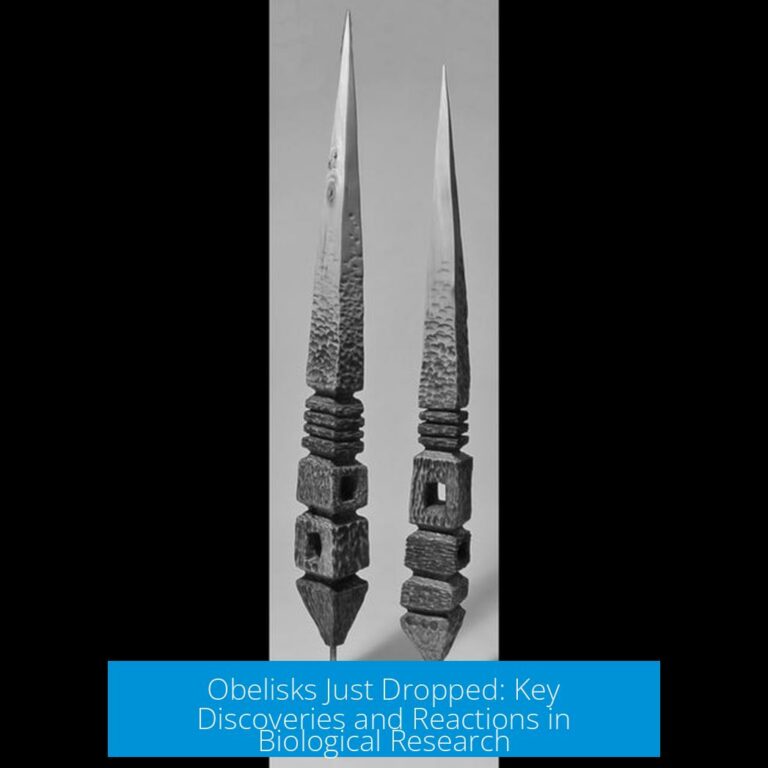Is Wittig Reaction a Redox Reaction?
The Wittig reaction is not a redox reaction. It involves the formation of alkenes from aldehydes or ketones and phosphonium ylides without changes in the oxidation states of the carbon atoms involved.
Oxidation State of Carbon in Wittig Reaction
A) In the Reactant
During the Wittig reaction, the carbonyl carbon (in aldehydes or ketones) typically has an oxidation state of +2. This is because it is bonded to an oxygen atom (more electronegative) and carbon or hydrogen atoms.
B) In the Product
After the reaction, the corresponding carbon in the alkene product has an oxidation state of approximately 0, as it forms a double bond with another carbon rather than with oxygen.
Does This Indicate a Redox Process?
While this change in oxidation state seems to suggest redox behavior, the overall reaction must be examined. The Wittig reaction uses a phosphonium ylide, which reacts with the carbonyl compound to form the alkene and triphenylphosphine oxide as a byproduct.
In this transformation, the oxidation state changes are localized to different atoms but balanced out overall. The ylide phosphorus is oxidized, forming triphenylphosphine oxide, while the organic carbon’s oxidation state appears reduced. These changes occur simultaneously in different molecules, but the carbon atoms in the substrate do not undergo a net redox change in the traditional sense of electron transfer within the same molecule.
Sources and Literature Perspective
- Reliable chemical literature describes the Wittig reaction primarily as a coupling or condensation reaction rather than a redox process.
- Textbooks in organic chemistry typically do not classify this reaction under oxidation-reduction but rather focus on its mechanism involving nucleophilic attack by ylides.
- This classification is based on the fact that the carbon oxidation state insertions in organic fragments do not represent electron transfer between the substrate carbons but an overall rearrangement.
Summary of Wittig Reaction Features Relative to Redox
| Aspect | Observation |
|---|---|
| Change in Carbon Oxidation State | From +2 (carbonyl C) to 0 (alkene C) |
| Phosphorus Oxidation State | Increased (forming triphenylphosphine oxide) |
| Overall Reaction Type | Non-redox, coupling or condensation |
| Electron Transfer Between Organic Atoms | Not significant or traditional redox |
- The Wittig reaction does not involve classical redox electron transfer within the organic substrate.
- Oxidation changes in phosphorus balance those in carbon, making the overall process non-redox from the substrate perspective.
- It is better described as a carbon-carbon bond-forming reaction driven by phosphonium ylide chemistry.
Is there a change in the oxidation state of carbon during the Wittig reaction?
No, the oxidation state of the carbon atom involved in the Wittig reaction remains the same from reactant to product. This shows no redox process is involved.
Does the Wittig reaction involve electron transfer typical of redox reactions?
No, the Wittig reaction lacks electron transfer between species. It proceeds through formation of a new bond without changes in oxidation states.
Why is the Wittig reaction considered not to be a redox reaction?
Sources point out that since there is no change in oxidation states of atoms, the reaction does not involve reduction or oxidation steps.
What happens to the oxidation states in the products compared to the reactants?
The oxidation states of carbon remain consistent in the products, matching their states in the reactants. This confirms no redox change occurred.
Are there any parts of the Wittig reaction mechanism that resemble redox steps?
No, the mechanism mainly involves nucleophilic attack and elimination steps, not an electron gain or loss as seen in true redox.





Leave a Comment